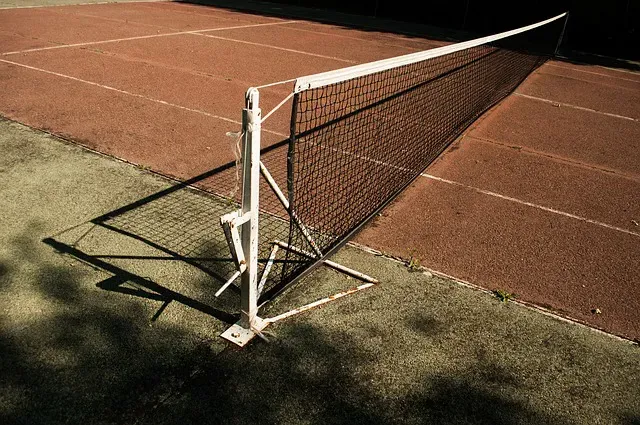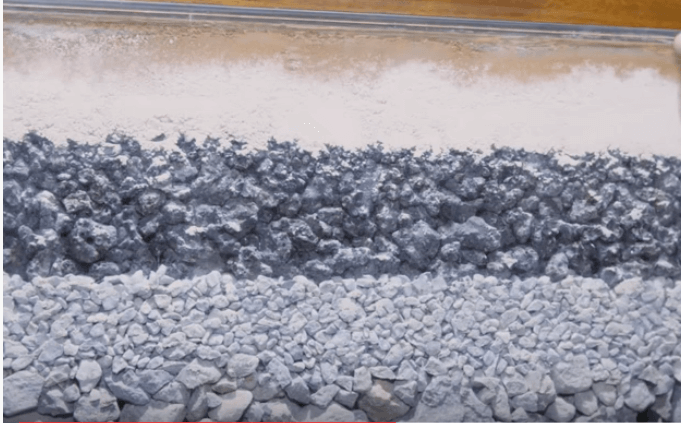Tennis court in the countryside, is it a good investment?
Written by sergio_costa on Nov. 18, 2021, 10:18 p.m.

A tennis in the countryside, surrounded by natural environment sound like a very attractive combination. Therefore, building tennis courts can help reinvigorating the countryside.
The plan of a tennis court is quite standard and the architecture is almost negligible. However, arranging a suitable setting for the courts, landscaping in planting may vary and require more architecture. Groups of trees at some distance from a court are pleasing while solid borders of low shrubs at either end and groups along the sides harmonize a court with its natural landscape.
Broken shadows are disconcerting to tennis players. Visibility is reduced somewhat by spotty shadows, since the ball blends readily with them. Branches and shadows in motion also affect the player’s vision by attracting his attention from the ball. Therefore large trees should be at sufficient distance as not to overshadow the courts. The more compact, low shrubs which may closely surround the courts do not have this disadvantage. Apart from their landscape value serve as a dark background against which the ball appears in bold relief. The tennis court needs to be enclosed with fences and drinking fountains and hose connections should be placed near gates.
Construction
Tennis players may be subjected to great strain by the glare of the sun in their eyes. In building courts it is well to consider this fact and to lay out the courts so that the minimum amount of direct sunshine reaches the player’s eyes at the time of day when most play may be expected. The trouble from the direct rays of the sun is worst in the early morning and late afternoon, when the sun is low; hence courts with the long axis running north and south are preferable.

Water drainage
Usually the finished surface of the courts will be slightly above the elevation of the surrounding ground level. This elevation of the surface will assist in the drainage and will also prevent surface water from overflowing the courts. A line of tile should be buried on the upper part to a depth the elevation of which is not greater than the elevation of the courts. The tile trench should be filled with rubble or cinders to within 6 or 8 inches of the surface and the remainder finished with soil. Such a tiled trench will catch water which might seep through the soil from higher elevations and which would tend to keep the soil in the courts saturated for some time after heavy rainfall.
Previous to laying the clay the drainage base should be well settled and rolled and should be true to grade. The clay soil used for this purpose should be about 1/3 clay, 1/3 silt, and 1/3 sand. This combination makes the most lasting and satisfactory surface. The clay base should be wet down, settled, thoroughly tamped and rolled, and the grades checked, before the finish or surface coat is laid.
Surface finishing
The surface layer should be of the same materials as the clay base. It should be sprayed with a fine spray and rolled until solid. Some sharp, fine sand may be dusted over the surface if it is somewhat sticky. Any small depressions that show up in the surface after a rain should be marked and gradually brought to grade by light topdressings of the clay surface mixture. Tennis court surfaces are sometimes colored or tinted various shades to reduce the glare from reflected light. This treatment also aids visibility. Dusting the courts with chloride of calcium helps to bind the surface material and make the courts wear better. This treatment also darkens the surface and prevents glare much as coloring does.
Fencing
Fences should be at least 10 feet high entirely surrounding the courts. Posts of 2-inch wrought iron pipe 13 feet long extending 3 feet in the ground and set in concrete do very well for the framework. The fence should be galvanized wire of I-inch mesh. If wire is used to hold the netting at the bottom it will soon become stretched from one cause or another and will allow balls to get under it.
For this reason something solid, such as a 2-inch by 4-inch wooden sill or iron piping should hold the bottom of the netting between the posts. It should be placed sufficiently above the ground to allow surface water to escape readily, but close enough to the surface to prevent a ball from passing beneath. There should be gates in all sides of tennis enclosures for the convenience of the players. The fence should be painted some inconspicuous color, such as dark green.
Contact of builders of tennis courts in Portugal near Porto:
Alfa-tenis, check exact location on maps
Eurotenis, the location on maps
Published on Nov. 18, 2021, 10:18 p.m. by sergio_costa
Create an accout
orlogin
to leave comments!Copyright © Ecorustics
